A fish’s first line of important defense against pathogens has key antibacterial properties
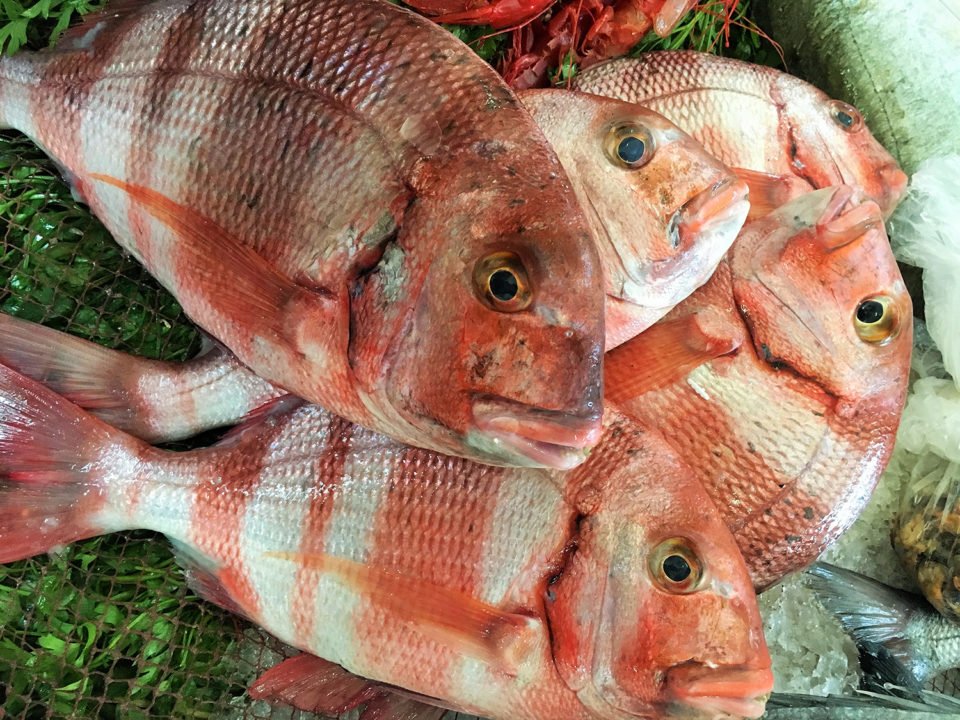
Aquatic environments have abundant pathogenic organisms, and farmed fish species can be susceptible to several diseases caused by these pathogens. Fish have many different and complex defense mechanisms to guard themselves from these pathogenic infections, including their skin mucus, which provides a stable physical or chemical barrier and is the first line of physical defense against many pathogens.
Fish epithelial surfaces are covered by mucus, a slimy and slippery layer that is a viscous colloid or mucin made of water, antibacterial proteins and enzymes. In fish, this mucus covers the entire body and has many functions, including physical protection and disease resistance, osmotic and ionic regulation, respiration, reproduction, excretion, feeding, communication and nest building.
As an important component of distinctive immune mechanism, this skin mucus is continuously produced and sloughed off regularly, and thus prevents colonization and adherence by potential infectious pathogens and parasites. It also has several innate immunity compounds like various antibacterial proteins and peptides. Several authors have studied and reported on the antibacterial properties of fish mucus.
Fish skin mucus and health
Dash et al (2018) recently reviewed epidermal mucus as a major determinant in fish health, including its different components and their mode of action on pathogens. They reported that fish epidermal mucus contains innate immune components, secreted by goblet cells that provide the primary defense against different pathogenic microbes and act as a barrier between fish and its surrounding environment. The major function of mucus includes entrapment and sloughing of microbes. The mucus also contains many factors such as antimicrobial peptides, lysozymes, lectins, proteases, etc. that provide innate immunity.
The antimicrobial peptides secreted by the epidermal mucus cells have antimicrobial activity against diverse pathogens. The mucosal lysozyme produces significant bacteriolytic action, while different proteases can eliminate pathogens by affecting their proteins or by activating immunological mechanisms. Lectins are also mucosal agglutinins that play a diverse role in innate immunity.
Antimicrobial resistance
As recently reported by Tagliabue and Rappuoli (2018), antimicrobial resistance (AMR) is currently the most alarming issue for human health and already causes 700,000 deaths per year. It is estimated that 10 million deaths due to AMR will occur every year after 2050, which equals the number of people dying of cancer every year in present times.
International institutions such as the G20, World Bank, World Health Organization (WHO), UN General Assembly, European Union, and the UK and USA governments are calling for new antibiotics. To emphasize this emergency, a list of antibiotic-resistant “priority pathogens” – published by WHO – contains 12 families of bacteria that represent the greatest danger for human health. Resistance to multiple antibiotics is particularly relevant for the Gram-negative bacteria present in the list. The ability of these bacteria to develop mechanisms to resist treatment could be transmitted with genetic material, allowing other bacteria to become drug resistant.
According to the U.S. Center for Disease Control and Prevention, antibiotic resistance happens when germs like bacteria and fungi develop the ability to defeat the drugs designed to kill them. Infections caused by antibiotic-resistant germs are difficult, and sometimes impossible, to treat. In most cases, antibiotic-resistant infections require extended hospital stays, additional follow-up doctor visits, and costly and toxic alternatives.
Antibiotic resistance is one of the biggest public health challenges of our time. Each year in the United States, at least 2 million people get an antibiotic-resistant infection, and at least 23,000 people die. Antibiotic resistance has the potential to affect people at any stage of life, as well as the healthcare, veterinary and agriculture industries, making it one of the world’s most urgent public health problems.
Many medical advances depend on the ability to fight infections using antibiotics, including joint replacements, organ transplants, cancer therapy and the treatment of various chronic diseases like diabetes, rheumatoid arthritis and asthma. Fighting this threat is a public health priority requiring a collaborative global approach across sectors, because if antibiotics lose their effectiveness, then we lose the ability to treat infections and control public health threats.
The next generation of antibiotics
Because of widespread antimicrobial resistance and the increasing incidence of bacterial infections that are resistant to most current antibiotics, we urgently need to produce the next generation of antibiotics – and learn from past abuses and consider how to use them more responsibly. And fish slime could be a surprising source for this new generation of antibiotics.
As recently reported by Dr. Sandra Loesgen and co-workers recently reported on fish slime as an untapped source of potential new antibiotics at the American Chemical Society (ACS, the world’s largest scientific society) Spring 2019 National Meeting & Exposition. They acknowledge support and funding from the Oregon State University Startup Funds and California State University-Fullerton support for this research.
As current antibiotics dwindle in effectiveness against multidrug-resistant pathogens, researchers are seeking potential replacements in some unlikely places. Now, Dr. Loesgen’s team has identified bacteria with promising antibiotic activity against known pathogens – even dangerous organisms, such as the microbe that causes MRSA infections (by the methicillin resistant Staphylococcus aureus superbug) – in the protective mucus that coats young fish.
“For us, any microbe in the marine environment that could provide a new compound is worth exploring,” said Sandra Loesgen, Ph.D., the group’s principal investigator.
According to Dr. Loesden, who is at Oregon State University, while novel chemical reagents have been found in the human microbiome, the marine equivalent remains relatively unstudied. One potential goldmine of microbes is the mucus that coats the surfaces of fish. This viscous substance protects fish from bacteria, fungi, and viruses in their environment, trapping the microbes before they can cause infections. The slime is also rich in polysaccharides and peptides known to have antibacterial activity.
“Fish mucus is really interesting because the environment the fish live in is complex,” said Molly Austin, an undergraduate chemistry student in Loesgen’s laboratory, who conducted some of the studies. “They are in contact with their environment all the time with many pathogenic viruses.” Austin added that it would be interesting to figure out if anything in the mucus, which protects the fish, could actually help protect humans.
California State University-Fullerton collaborator Erin (Misty) Paig-Tran, Ph.D. supplied the mucus, swabbed from juvenile deep-sea and surface-dwelling fish caught off the Southern California coast. The team examined young fish because they have a less-developed immune system and more mucus on the outside of their scales that could contain a greater concentration of active bacteria than adult fish.
Loesgen, Austin and graduate student Paige Mandelare isolated and screened 47 different strains of bacteria from the slime. Five bacterial extracts strongly inhibited MRSA, and three inhibited Candida albicans, a fungus pathogenic to humans. A bacteria from mucus derived from a particular Pacific pink perch showed strong activity against MRSA and against a colon carcinoma cell line. Austin is now focusing her work on the Pseudomonas aeruginosa, a Gram-negative bacteria derived from that fish, to study the many potentially interesting phenazine natural products and antibiotics that this bacteria makes.
While the team members are interested in new sources for antibiotics to help humans, they are also looking at other ways to apply this knowledge. For example, the study of fish mucus could also help reduce the use of antibiotics in fish farming by leading to better antibiotics specifically targeted to the microbes clinging to certain types of fish.
But first, the researchers want to understand more fundamental questions. For example, “We don’t even know what a healthy microbiome is,” Loesgen said. She explains that it’s unclear whether the bacteria they studied in the fish slime were typical of their microbiomes and are protecting their hosts, or if these bacteria just happened to hitch a ride on these individual fish. Learning more about healthy fish microbiomes and how environmental factors in the Pacific can affect them could help inform conservation efforts, the researchers say.
Follow the Advocate on Twitter @GAA_Advocate
Now that you've reached the end of the article ...
… please consider supporting GSA’s mission to advance responsible seafood practices through education, advocacy and third-party assurances. The Advocate aims to document the evolution of responsible seafood practices and share the expansive knowledge of our vast network of contributors.
By becoming a Global Seafood Alliance member, you’re ensuring that all of the pre-competitive work we do through member benefits, resources and events can continue. Individual membership costs just $50 a year.
Not a GSA member? Join us.
Author
-
Darryl E. Jory, Ph.D.
Editor Emeritus
Global Aquaculture Alliance
Tagged With
Related Posts
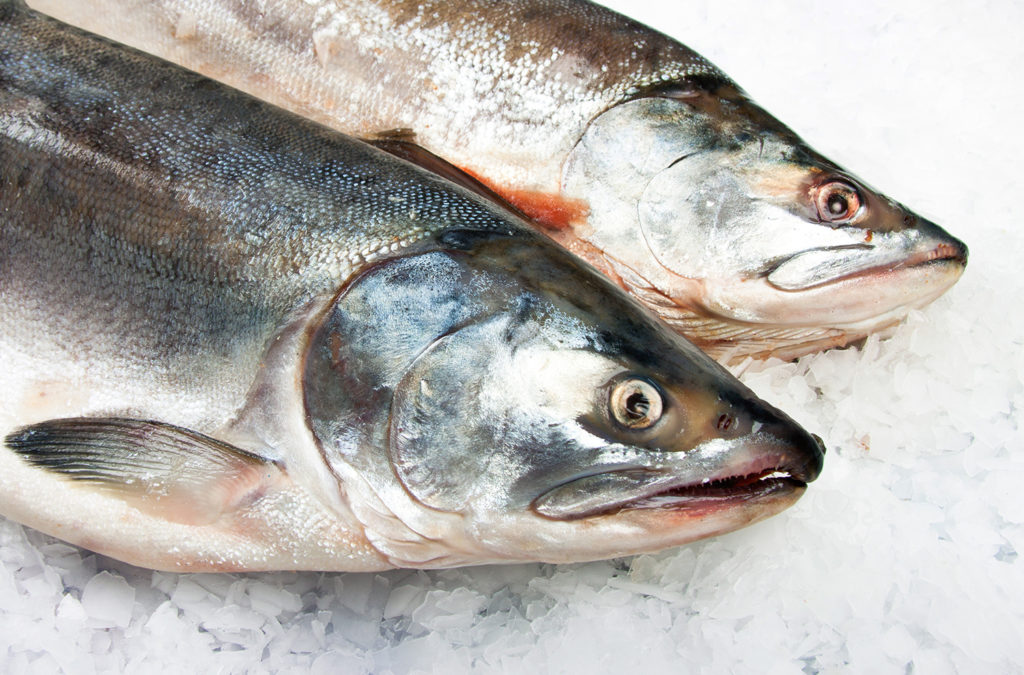
Health & Welfare
Salmon scientists collaborate on new global health initiative QASH
A cooperative effort between salmon scientists in Norway, Scotland, Chile and Canada aims to develop a globally applicable tool to help management and certification of salmon farms.
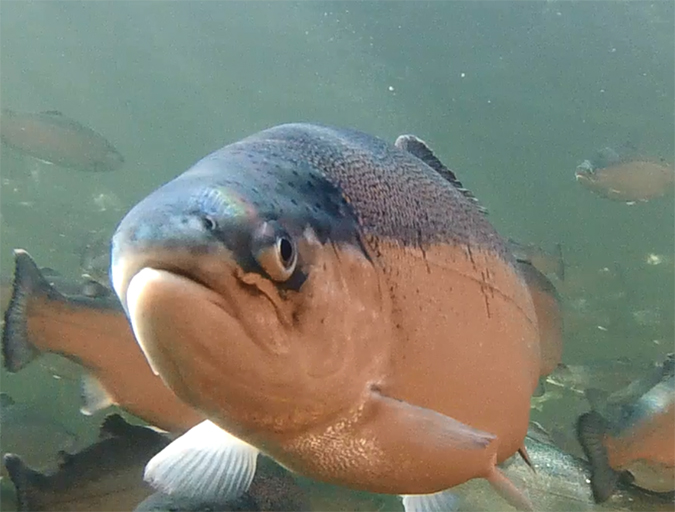
Innovation & Investment
Mucosal mapping architect wins aquaculture innovation award
Quantidoc AS in Norway is the commercialization of Prof. Karin Pittman’s years of fish health research. Pittman, winner of this year’s Global Aquaculture Innovation and Leadership Award, utilizes stereology to measure and better understand mucous on gill, gut and skin tissues – the first line of defense for fish.
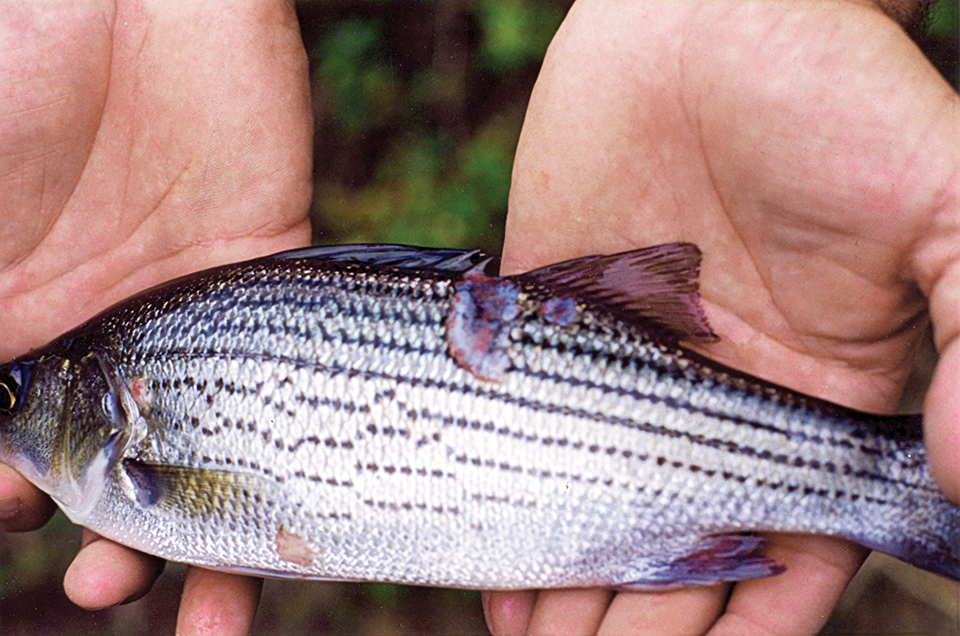
Health & Welfare
Antibiotic-resistant bacteria, part 1
No antimicrobial agent has been developed specifically for aquaculture applications. However, some antibiotic products used to treat humans or land-based animals have been approved for use at aquaculture facilities.
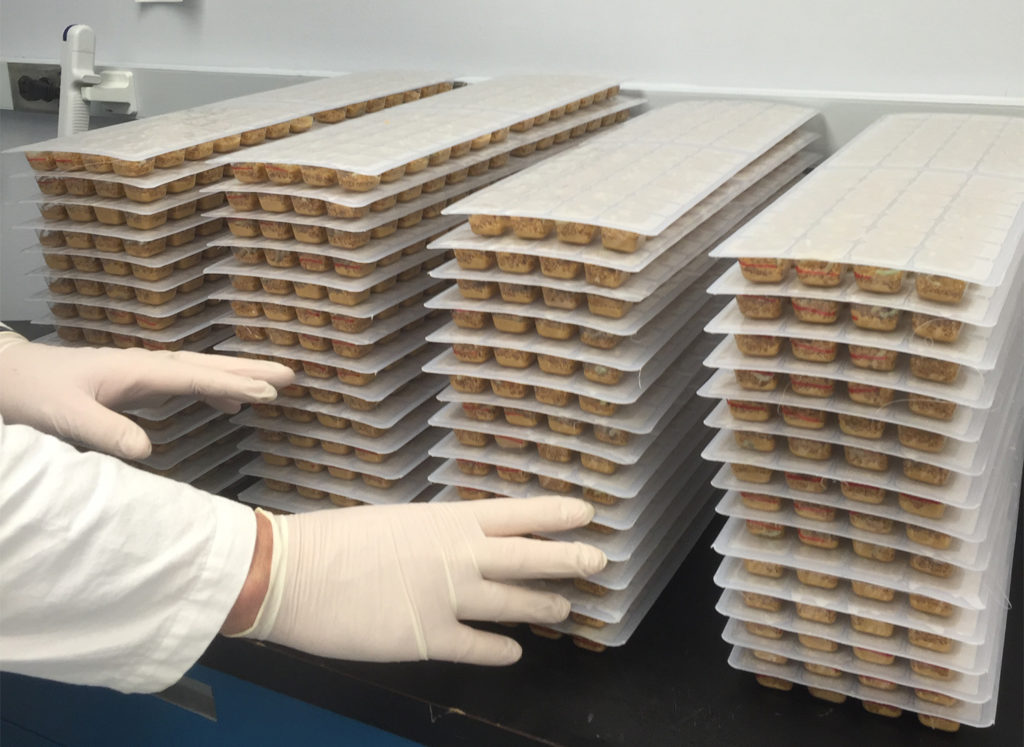
Innovation & Investment
Global Aquaculture Innovation Award finalist: VakSea
An orally administered vaccine product holds great promise for aquaculture, and Maryland-based startup VakSea is on the cusp of providing one. Sensing a major opportunity, the company’s focus has pivoted to shrimp.



